Gardeners increasingly use homemade, natural, easy-to-make fertilizers for healthy growth and abundant harvests. These natural, organic fertilizers are rich in essential nutrients like nitrogen, phosphorus, potassium, calcium, magnesium, and micronutrients. They are eco-friendly, cost-effective, and reduce waste. This blog post will share the best homemade fertilizer recipes for vegetables, flowers, and houseplants, explaining the benefits of using natural, organic fertilizers, understanding plant nutritional needs, and applying them safely and effectively.
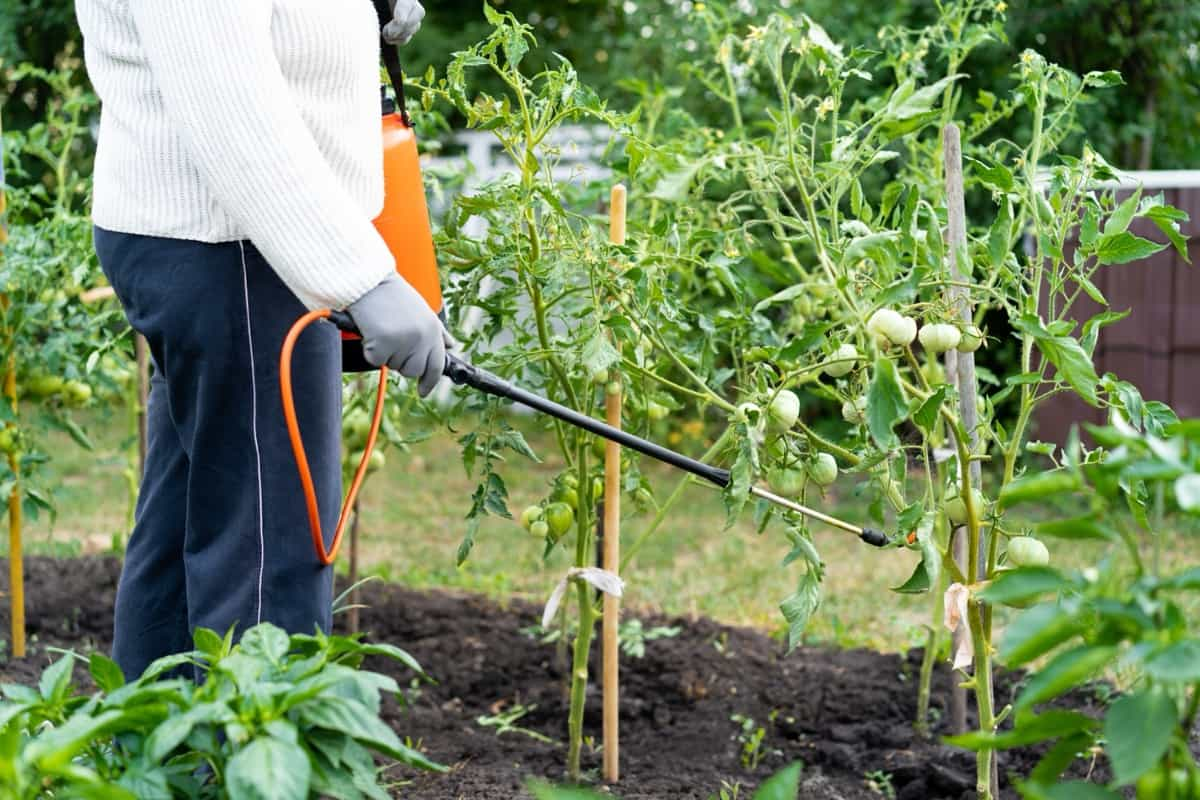
Easy Homemade Recipes for Garden Plants
Benefits of Using Natural and Organic Fertilizers
Organic fertilizers are a natural solution for enhancing garden productivity and health. They are made from plant or animal waste, compost, manure, or other natural materials, providing essential plant nutrients. Unlike synthetic fertilizers, organic fertilizers do not contain harmful chemicals that can pollute the environment or harm your health.
They improve soil structure, texture, and water retention, increasing organic matter and microbial activity. They promote plant growth by providing a steady supply of nutrients, promoting growth, flowering, and fruiting. They also help plants resist diseases and pests by strengthening their immune system and natural defenses. Organic fertilizers reduce the risk of fertilizer runoff, leaching, and erosion, reducing greenhouse gas emissions and carbon footprint.
They are cost-effective, especially if you make your compost or use animal manure from local sources. To use organic fertilizers, choose the type, amount, and frequency that suits your plants and soil conditions. Different organic fertilizers include compost, manure, blood meal, bone meal, and fish emulsion. By using organic fertilizers, you can enjoy a bountiful harvest without harming the environment or your health.
In case you missed it: DIY Home Remedies to Control Pests in Home Garden: Recipe Preparation and Use for Organic Benefits
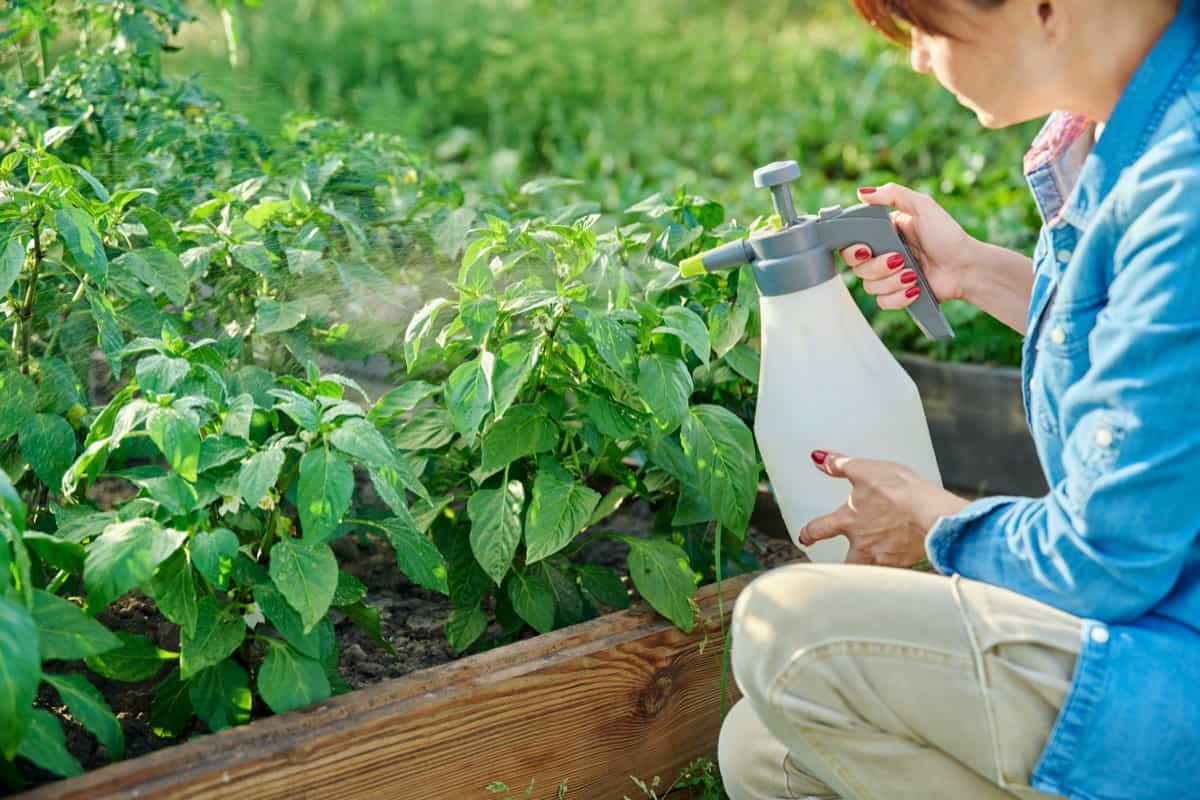
Understanding the Nutritional Needs of Vegetables, Flowers, and Houseplants
Plants require various nutrients for growth, health, beauty, and yield. Nitrogen is essential for stems and leaves, producing proteins and chlorophyll. Phosphorus is crucial for root development, seed formation, disease resistance, pest prevention, flower quality, and flavor. Potassium is vital for water regulation, photosynthesis, enzyme activation, and stress tolerance. Calcium is necessary for cell wall formation, cell division, and nutrient transport and can help plants cope with heat stress and soil acidity.
Magnesium is a component of chlorophyll, giving plants a green color and enabling efficient use of nutrients. Micronutrients or trace elements, such as sulfur, iron, zinc, copper, manganese, boron, molybdenum, and chlorine, are also needed in smaller amounts. To provide plants with the necessary nutrients, various types of fertilizers and soil amendments can be used, including synthetic or organic, liquid or granular, slow-release or fast-acting, or homemade fertilizers from natural materials.
Composting as a Source of Homemade Fertilizer
Composting is a process that converts organic waste into a rich soil amendment, improving soil fertility and structure. It reduces environmental impact by diverting waste from landfills and reducing greenhouse gas emissions. Composting can be done using various methods, such as compost bins, worm bins, tumblers, or anaerobic composters. The basic ingredients for composting are browns (carbon-rich materials) and greens (nitrogen-rich materials). The ideal ratio of browns: and greens is 25:1 by weight 2:1 by volume.
The composting process can take weeks to months, and the compost is ready when it has a dark brown color, crumbly texture, earthy smell, and absence of recognizable materials. Compost can be used as a fertilizer by mixing it with soil or as a top dressing or mulch around plants, providing nutrient benefits and improving water retention and drainage.
Making Compost Tea for Nutrient-Rich Plant Food
- Fill a cloth bag with compost and tie it closed.
- Place the bag in a bucket filled with water, leaving space for aeration.
- Attach an air pump to a hose and let it bubble for 24 hours to oxygenate the water and activate the microbes in the compost.
- After 24 hours, remove the bag and squeeze out excess liquid.
- Dilute the compost tea with water, using ten parts to 1 part tea.
- Apply the tea to plants as a foliar spray or soil drench, using it within a few hours for optimal results.
In case you missed it: DIY Home Remedies to Control Diseases in Home Garden: Recipe Preparation and Use for Organic Benefits
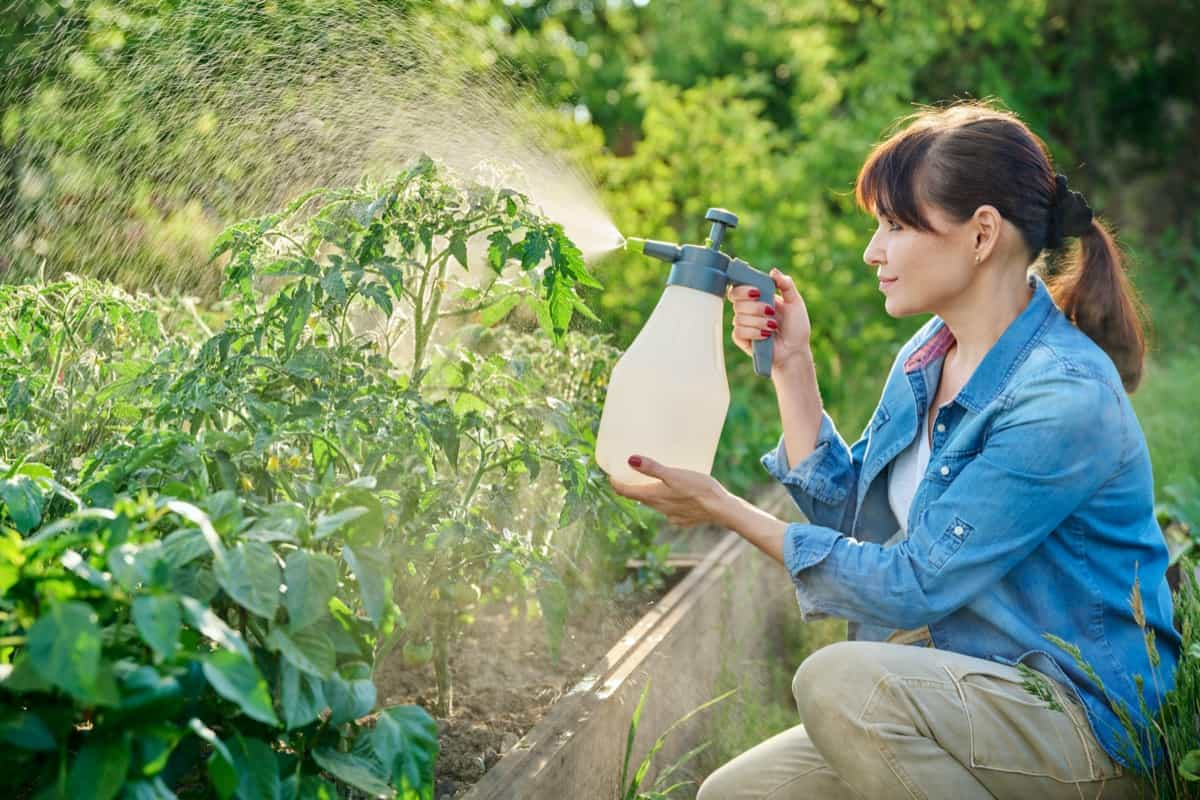
Creating a DIY Worm Bin for Vermicomposting
Vermicomposting is an eco-friendly method that converts kitchen scraps and organic waste into nutrient-rich compost using earthworms. To create a DIY worm bin:
- Choose container with has drainage holes and add moist bedding material like shredded newspaper or cardboard.
- Introduce red wigglers or Eisenia fetida worms, voracious decomposers, to the bin.
- Feed the worms with kitchen scraps, and avoid meat, dairy, and oily foods.
- Maintain moisture by misting the bin with a spray bottle and gently mixing the contents every few weeks.
After a few months, the compost will be ready, and you can easily harvest it by pushing the compost to one side and adding fresh bedding and food to the other. This process ensures a controlled environment for the worms and allows them to migrate to the new food source.
Utilizing Manure as an Organic Fertilizer
Utilizing manure as an organic fertilizer is a sustainable agricultural practice. Manure, derived from animals like cows, chickens, and horses, is rich in essential nutrients, including nitrogen, phosphorus, and potassium. When properly composted and aged, it becomes a valuable source of organic matter and micronutrients. Applying well-rotted manure to the soil enhances soil structure, improves water retention, and promotes beneficial microbial activity. This results in healthier plants and increased crop yields.
Brewing Homemade Seaweed Fertilizer for Plant Health
Brewing homemade seaweed fertilizer can promote plant health. Seaweed is rich in minerals, growth hormones, and trace elements that benefit plants. To make it, collect fresh seaweed, rinse it to remove excess salt, and then soak it in water for a few weeks. The resulting liquid can be diluted as a foliar spray or soil drench.
Enhancing Soil Fertility with Epsom Salt Solution
Enhancing soil fertility with Epsom salt solution is another helpful practice. Epsom salt, or magnesium sulfate, can correct magnesium deficiencies in soil. Dissolve 1-2 spoons of Epsom salt in a gallon of water and apply it to the soil. This helps improve nutrient uptake by plants.
Utilizing Banana Peels as Nutrient Boosters for Plants
Utilizing banana peels as plant nutrient boosters is an eco-friendly and cost-effective practice. Banana peels are rich in essential nutrients like potassium, phosphorus, and calcium, vital for plant growth. To use them, chop or blend the peels and bury them in the soil near the base of the plants. As they decompose, they release these nutrients, enriching the soil. Banana peels also act as a natural pest repellent and help improve soil structure and water retention.
DIY Eggshell Fertilizer for Calcium-Rich Soil Amendment
Creating a DIY eggshell fertilizer is an excellent way to enrich the soil with calcium, benefiting plants and promoting healthy growth. Eggshells, primarily composed of calcium carbonate, can be saved from kitchen waste. To make the fertilizer, collect and rinse the eggshells to remove any residual egg. Then, allow them to air dry. Once dry and crush the eggshells into small pieces or powder.
In case you missed it: DIY Homemade Soil Fertilizers and Flower Boost Recipes for the Home Garden
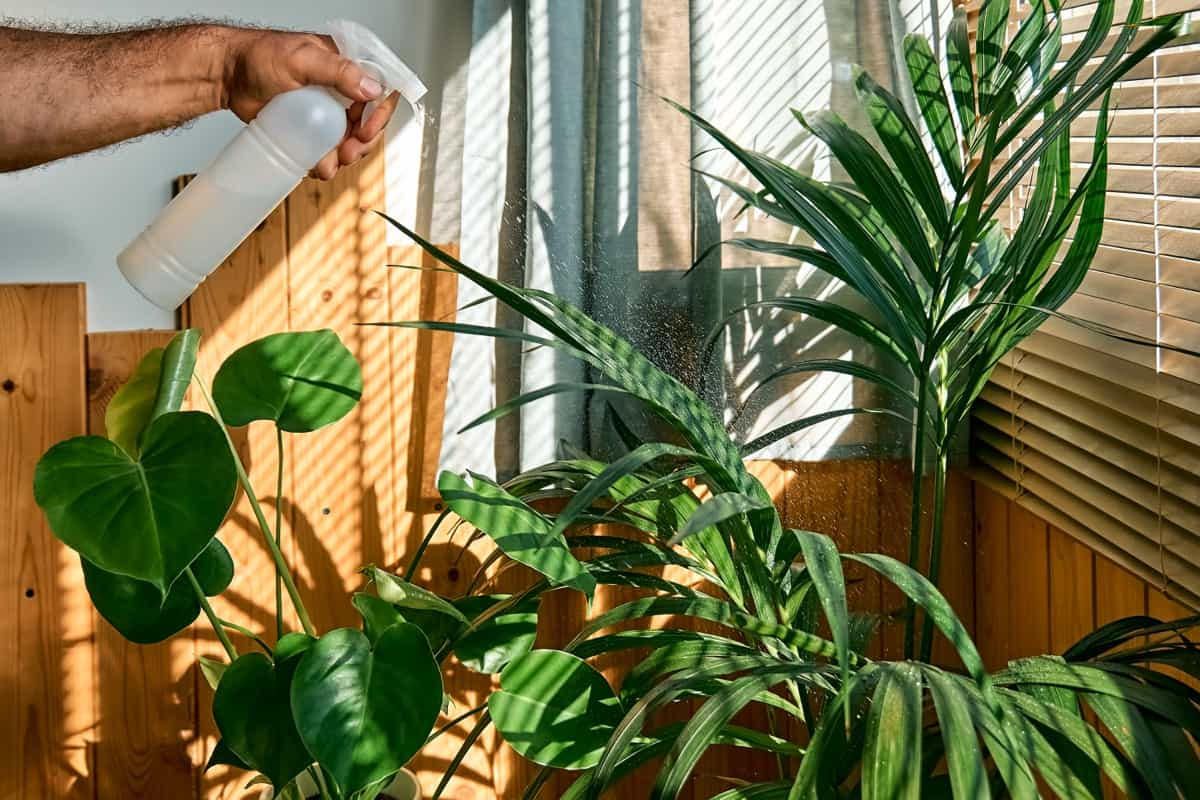
Sprinkle this crushed eggshell material directly onto the soil in your garden or around your plants. Over time, the eggshells will break down, releasing calcium into the soil. This calcium-rich soil amendment is particularly beneficial for calcium-loving plants like tomatoes, peppers, and squash, preventing calcium deficiency and enhancing overall soil quality.
Harnessing the Benefits of Coffee Grounds in the Garden
Harnessing the benefits of coffee grounds in the garden is a sustainable and resourceful practice. Used coffee grounds, rich in nitrogen, are a valuable organic material. They enhance soil fertility and promote plant health. Coffee grounds can be applied directly to the garden as mulch or incorporated into the soil.
Their nitrogen content aids in green foliage growth and contributes to overall plant vigor. Additionally, coffee grounds can deter pests like slugs and snails, serving as a natural repellent. As they decompose, they improve soil structure, enhance water retention, and encourage beneficial microorganisms.
Creating Homemade Bone Meal for Phosphorus Enrichment
Creating homemade bone meal for phosphorus enrichment is a sustainable way to boost phosphorus levels in your garden soil. To make it, collect and clean animal bones, such as chicken or turkey bones, and allow them to dry. Once dry, crush them into small pieces or grind them into a powder.
These bone fragments can then be incorporated into your garden soil. Bone meal is a source of phosphorus, essential for root development, flowering, and plant fruiting. It also contains calcium, which benefits overall soil structure. By making your bone meal, you not only provide a natural and cost-effective solution for phosphorus enrichment but also reduce waste and promote the health and productivity of your garden plants.
Using Fish Emulsion as a Natural Liquid Fertilizer
Utilizing fish emulsion as a natural liquid fertilizer is a practical and eco-friendly approach to nourishing your garden plants. Fish emulsion is made from fish byproducts, offering a concentrated source of essential nutrients like nitrogen, phosphorus, and potassium. To create a homemade version, mix fish scraps, such as fish heads and bones, with water in a container.
Let this mixture ferment for a few weeks, stirring occasionally. Once it has broken down into a thick, brown liquid, you can dilute it with water and apply it to your plants. Fish emulsion provides a quick nutrient boost to plants, enhancing their growth, greenery, and flowering. This organic fertilizer also enriches the soil with beneficial microorganisms.
Exploring the Benefits of Green Manure Cover Crops
Green manure cover crops are a valuable and eco-friendly agricultural practice with numerous benefits. These cover crops, typically composed of legumes, grasses, or other fast-growing plants, are grown primarily to improve soil quality rather than for harvest. They contribute to soil enrichment by fixing atmospheric nitrogen through their root nodules, increasing organic matter content as they decompose, and enhancing soil structure.
In case you missed it: Homemade Goat Feed Recipes: How to Make, Organic, Ingredients, and Simple DIY Goat Feed Mix
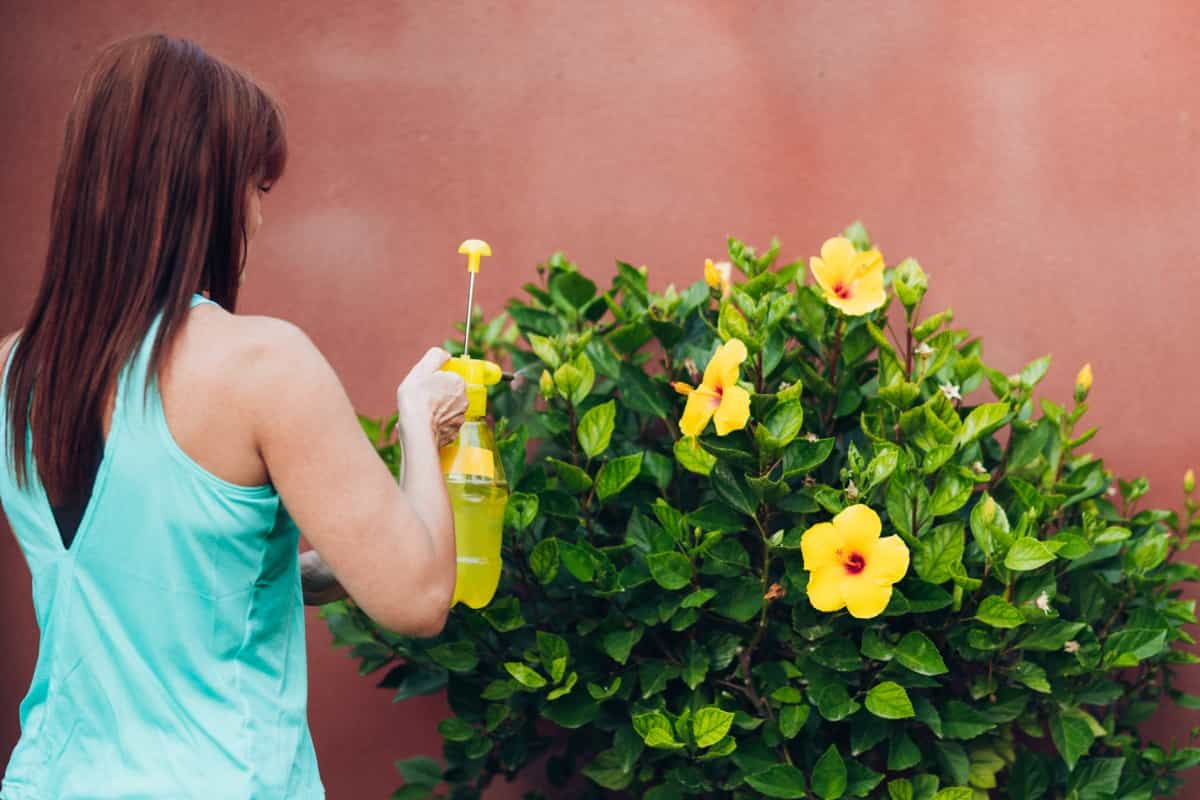
Green manure cover crops also suppress weeds, preventing soil erosion and creating habitat for beneficial insects. They act as natural pest control, reducing the need for chemical interventions. Furthermore, these crops can break disease and pest cycles in the soil, fostering a healthier and more productive environment for subsequent crops. Incorporating green manure cover crops into crop rotations can lead to improved yields, reduced reliance on synthetic fertilizers, and sustainable agricultural practices.
Frequently Asked Questions on Homemade Fertilizer Recipes for Garden Plants
How Do I Make Homemade Fertilizer Recipes Using Household Items?
You can create homemade fertilizer recipes using banana peels, coffee grounds, eggshells, and composted kitchen waste. These nutrient-rich materials can be easily repurposed to enrich your garden soil.
Are Homemade Fertilizers Safe for Organic Gardening?
Yes, homemade fertilizers can be safe for organic gardening if they are made from organic materials and do not contain synthetic chemicals. They can help maintain organic gardening principles while nourishing your plants naturally.
Can I Customize Homemade Fertilizer Recipes for Different Plants?
Absolutely. Homemade fertilizer recipes can be tailored to suit the specific needs of different plants. Adjust the nutrient content to match the requirements of various plant species and adapt the recipes accordingly.
What Ingredients Should I Avoid in DIY Garden Fertilizers?
Avoid using materials that may introduce harmful chemicals or toxins into your garden, such as treated wood, diseased plant material, or non-biodegradable items. These can harm your plants and soil.
How Often Should I Apply Homemade Fertilizer to My Garden?
The application depends on the specific plants and the nutrient content of your homemade fertilizer. Generally, they are applied according to plant growth stages and soil needs, which may range from 2-3 weeks and once in monthly to seasonal.
Can Homemade Fertilizers Replace Commercial Fertilizers?
Homemade fertilizers can be a valuable supplement to commercial fertilizers, but they may provide a different precise nutrient balance. They can reduce the reliance on commercial products but might only replace them partially.
What Are Some Pro Tips for Making Effective Homemade Garden Fertilizers?
Pro tips include properly composting materials, avoiding excessive concentrations, and testing soil for nutrient deficiencies. It’s essential to research and experiment to find the best recipes for your garden.
In case you missed it: How to Make Potting Soil Mix for Vegetables: Homemade Recipes, Top Potting Soil Mixes for Vegetable Garden
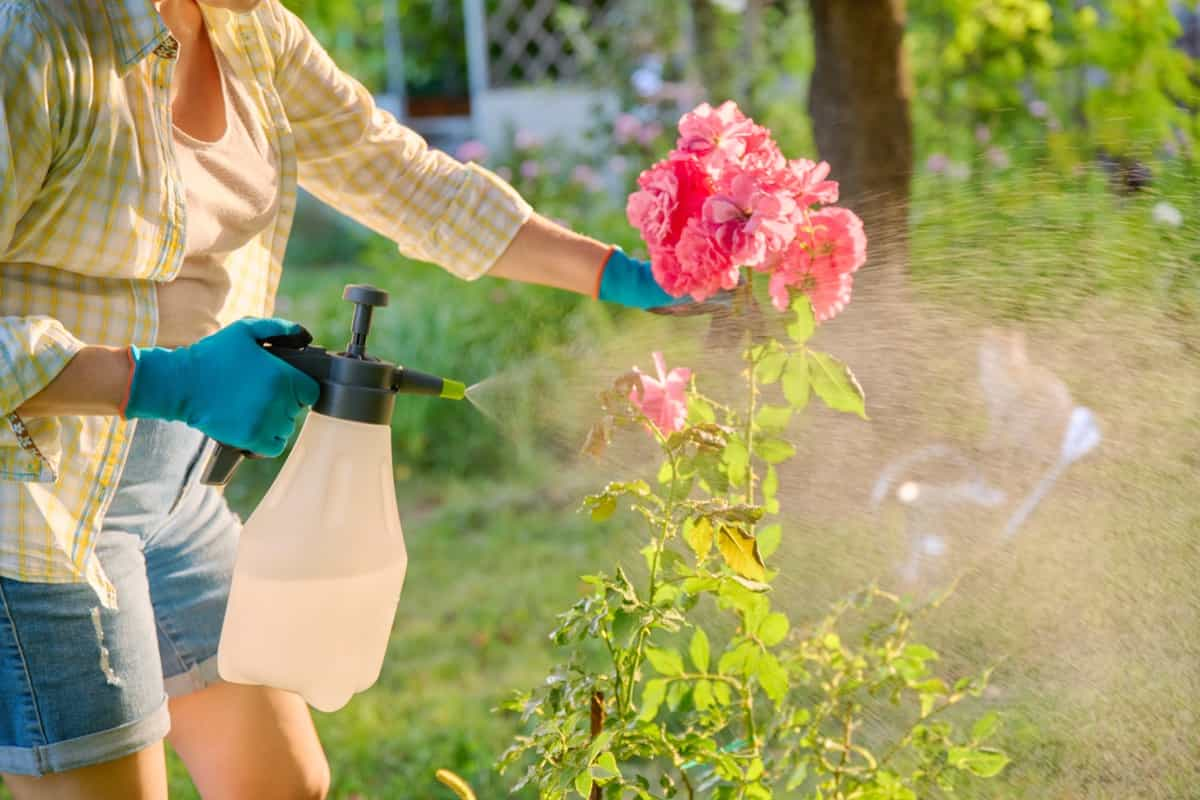
Are There Any Natural Pest Control Methods That Work with Homemade Fertilizers?
Some homemade fertilizers, like garlic or chili pepper-infused solutions, can be natural pest repellents. While not a primary pest control method, they can help deter some garden pests.
How Can I Ensure Proper Nutrient Balance in Homemade Fertilizer Recipes for My Garden?
To achieve nutrient balance, it’s essential to understand the nutrient requirements of your plants and conduct soil tests. Adjust your homemade fertilizer recipes to meet the specific nutrient needs of your garden for optimal growth and health.
Conclusion
You can make your own fertilizer for your garden plants with simple ingredients from your kitchen. Homemade fertilizer is natural, organic, and eco-friendly. It can help your vegetables, flowers, and houseplants grow healthy and strong. Try these easy recipes and see the difference in your garden.
- Types of Pesticides Used in Agriculture: A Beginner’s Guide
- Economical Aquaculture: A Guide to Low-Budget Fish Farming
- 15 Common Planting Errors That Can Doom Your Fruit Trees
- How to Make Houseplants Bushy: Effective Tips and Ideas
- Innovative Strategies for Boosting Coconut Pollination and Yield
- Pollination Strategies for Maximum Pumpkin Yield
- The Complete Guide to Chicken Fattening: Strategies for Maximum Growth
- Natural Solutions for Tulip Problems: 100% Effective Remedies for Leaf and Bulb-Related Issues
- Revolutionizing Citrus Preservation: Towards a Healthier, Greener Future
- Natural Solutions for Peony Leaf and Flower Problems: 100% Effective Remedies
- Maximizing Profits with Avocado Contract Farming in India: A Comprehensive Guide
- Natural Solutions for Hydrangea Problems: 100% Effective Remedies for Leaf and Flowers
- The Ultimate Guide to Choosing the Perfect Foliage Friend: Bringing Life Indoors
- From Sunlight to Sustainability: 15 Ways to Use Solar Technology in Agriculture
- The Ultimate Guide to Dong Tao Chicken: Exploring from History to Raising
- The Eco-Friendly Makeover: How to Convert Your Unused Swimming Pool into a Fish Pond
- Mastering the Art of Delaware Chicken Farming: Essentials for Healthy Backyard Flocks
- 20 Best Homemade Fertilizers for Money Plant: DIY Recipes and Application Methods
- How to Craft a Comprehensive Free-Range Chicken Farming Business Plan
- Brighten Your Flock: Raising Easter Egger Chickens for Beauty and Bounty
- How to Optimize Your Poultry Egg Farm Business Plan with These Strategies
- Subsidy for Spirulina Cultivation: How Indian Government Schemes Encouraging Spirulina Farmers
- Ultimate Guide to Raising Dominique Chickens: Breeding, Feeding, Egg-Production, and Care
- Mastering the Art of Raising Jersey Giant Chickens: Care, Feeding, and More
- Ultimate Guide to Raising Legbar Chickens: Breeding, Farming Practices, Diet, Egg-Production
- How to Raise Welsummer Chickens: A Comprehensive Guide for Beginners
- How to Protect Indoor Plants in Winter: A Comprehensive Guide
- Ultimate Guide to Grow Bag Gardening: Tips, Tricks, and Planting Ideas for Urban Gardeners
- Guide to Lotus Cultivation: How to Propagate, Plant, Grow, Care, Cost, and Profit
- Agriculture Drone Subsidy Scheme: Government Kisan Subsidy, License, and How to Apply Online
- Ultimate Guide to Raising Araucana Chickens: Breed Profile, Farming Economics, Diet, and Care
- Bringing Hydroponics to Classroom: Importance, Benefits of Learning for School Students
- Ultimate Guide to Raising Polish Chickens: Breed Profile, Farming Economics, Diet, and Care
- Ultimate Guide to Raising Australorp Chickens: Profile, Farming Economics, Egg Production, Diet, and Care
- Silkie Chicken Farming: Raising Practices, Varieties, Egg Production, Diet, and Care
- Sussex Chicken Farming: Raising Practices, Varieties, Egg Production, Diet and Care